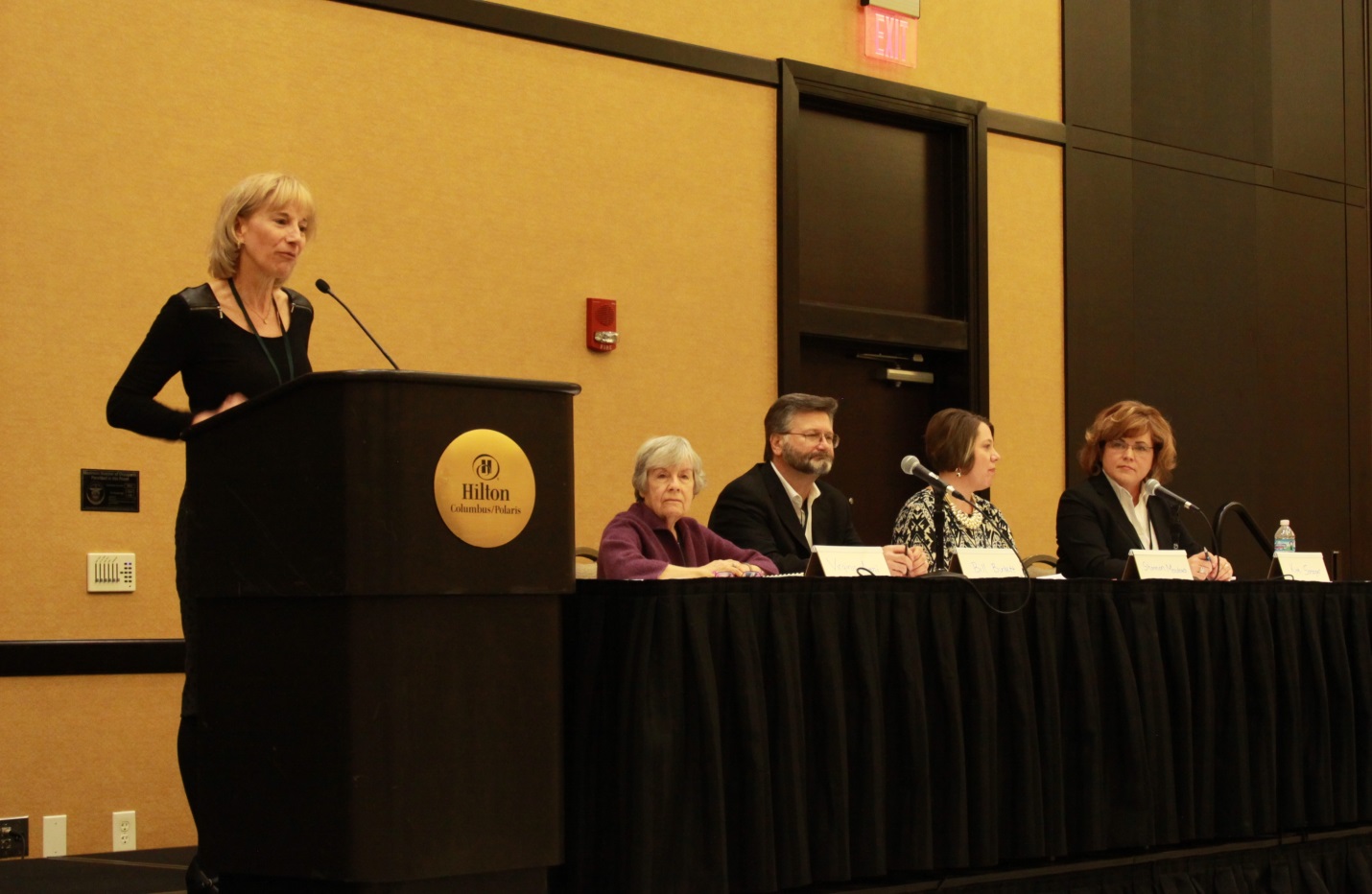By Addie DesRoches, GOPC Intern As my time as an Intern is winding down at the Greater Ohio Policy Center (GOPC), I have taken some time to look back on my experience as part of the organization. After anxiously waiting to begin my internship at GOPC, Deputy Director Alison Goebel helped me feel more at ease on my first day. She introduced me to many of the staff members and then took me into her office to discuss what I would be doing at GOPC. I then met with Sheldon Johnson and Colleen Durfee, who showed me how to track conferences and call for submission deadlines on a spreadsheet. Later, Lindsey Gardiner introduced me to a project where I would sort through House and Senate bills that involved rural, suburban, and urban revitalization, which she ultimately presented to the House. I also helped create a list of contact information of representatives running for House in the next cycle who are involved with Lindsey’s bill.
A few months later, I met Dr. Nobuhisa Taira of Seigakuin University in Japan, who had come to learn about Ohio land banks. Following our meeting, I wrote a blog post on his plans to apply research on Ohio land bank models in Japan. While working on these projects, I also created one-page documents that briefly describe GOPC’s areas of work. Because I really enjoyed this design work, I created an updated GOPC press release banner. I also found out that I thoroughly enjoyed working on spreadsheets when I was involved with two projects. For one project, I helped Alex Highley and Sheldon update Ohio newspaper contact information and the second involved helping Lindsey locate all the Brownfield locations in Ohio in order to draw up a live map.
I have learned a lot from my colleagues at GOPC and enjoyed my time working with them. They have given me so much insight on how a nonprofit organization works and tools that can be used to improve Ohio’s cities. For instance, before I came to the GOPC I had no idea what a Land Bank or Brownfield was, let alone what they can be used for. Being able to read GOPC reports and seeing the success of Ohio’s Land Banks gave me new knowledge about solutions I was not aware of. Now knowing and understanding how to utilize these and other tools in improving the community, I feel as though I will bring an alternative outlook to policy creation and action in my future endeavors.




